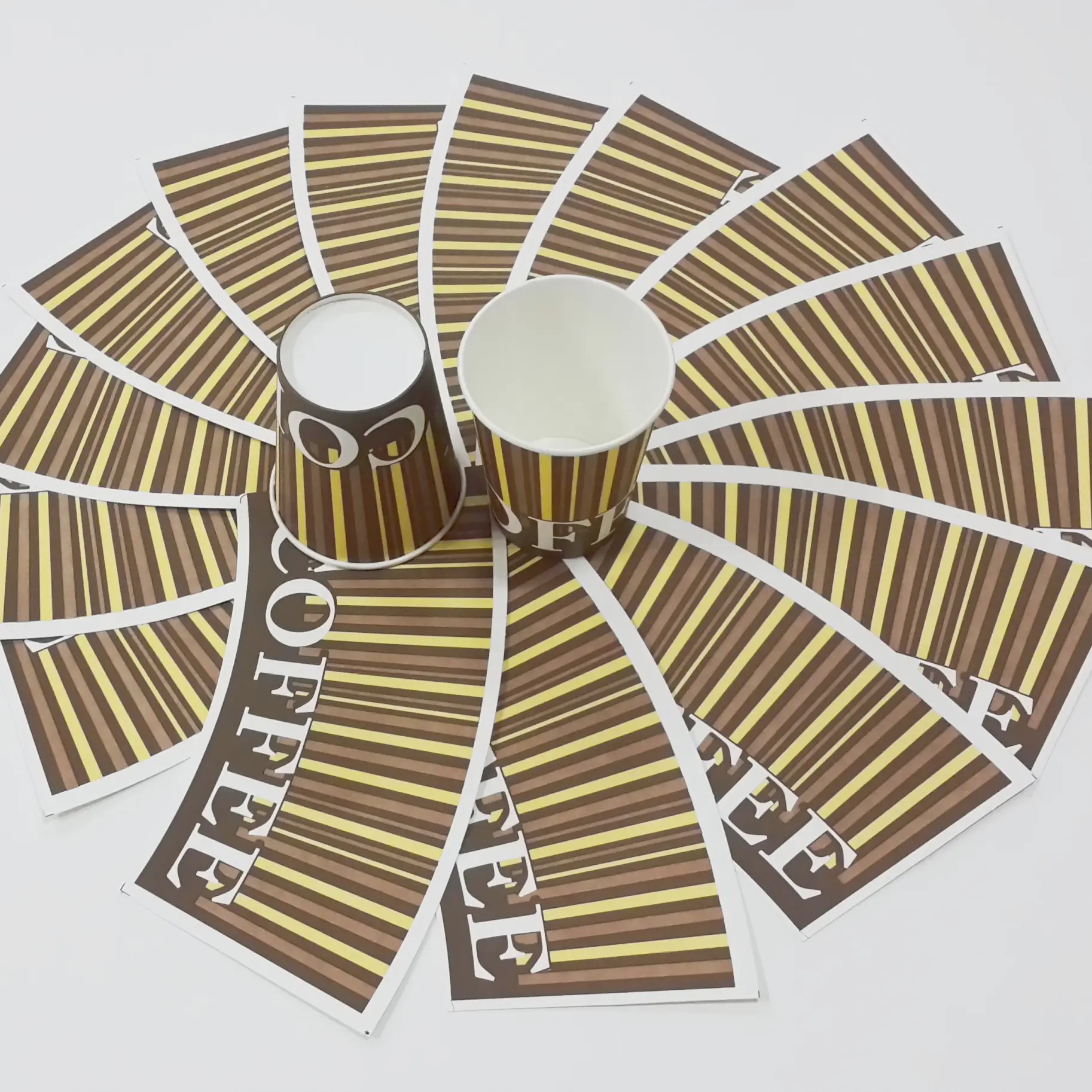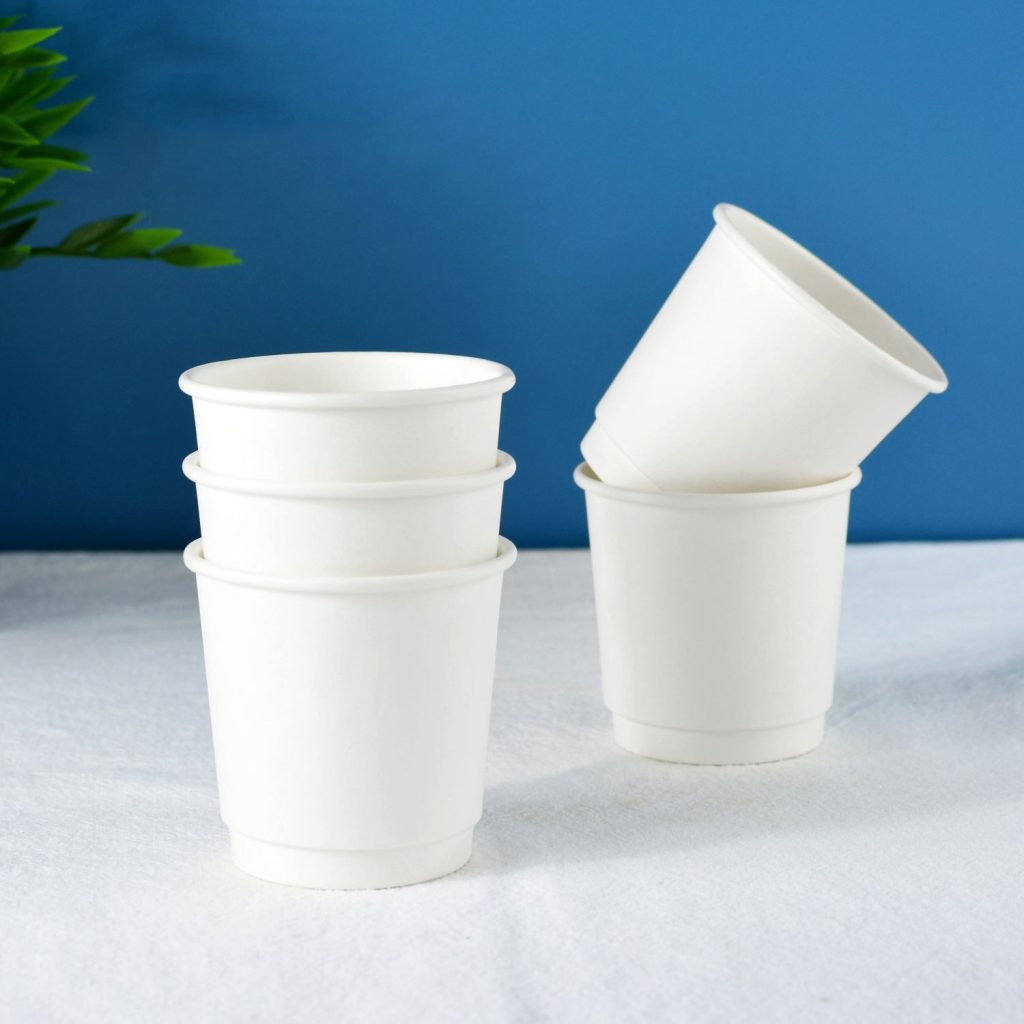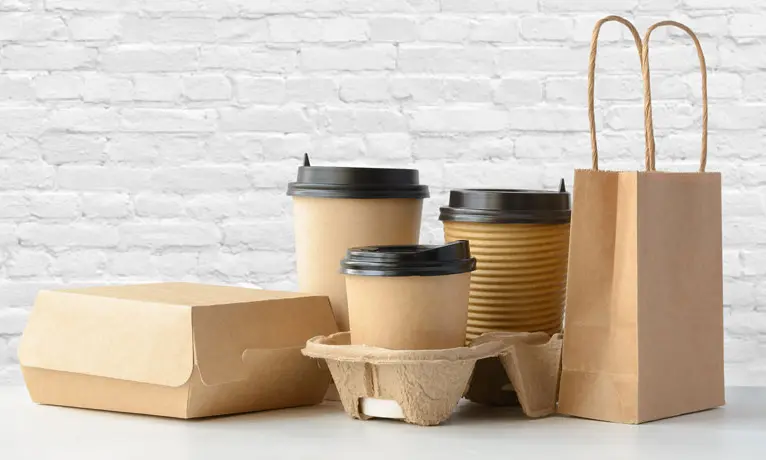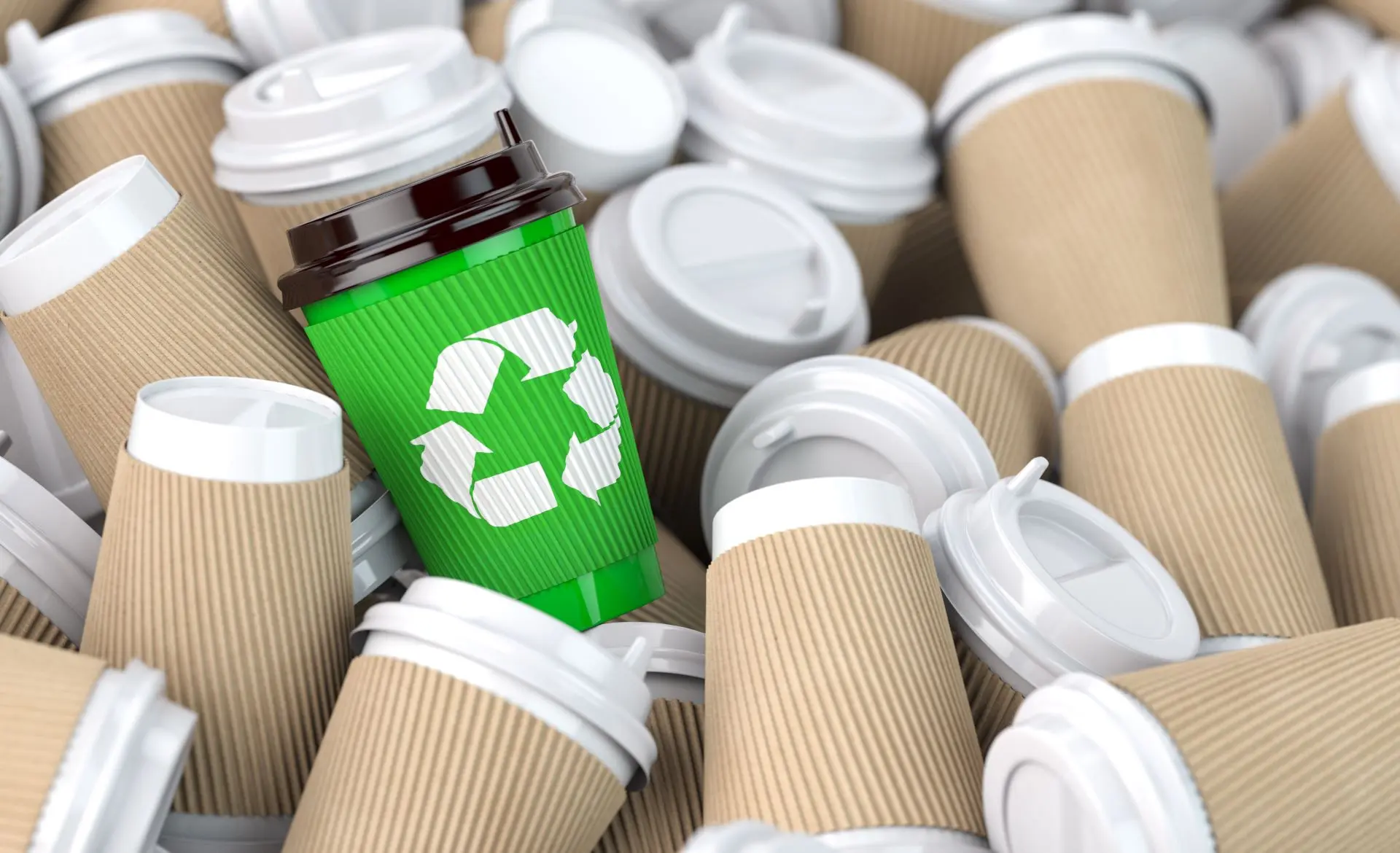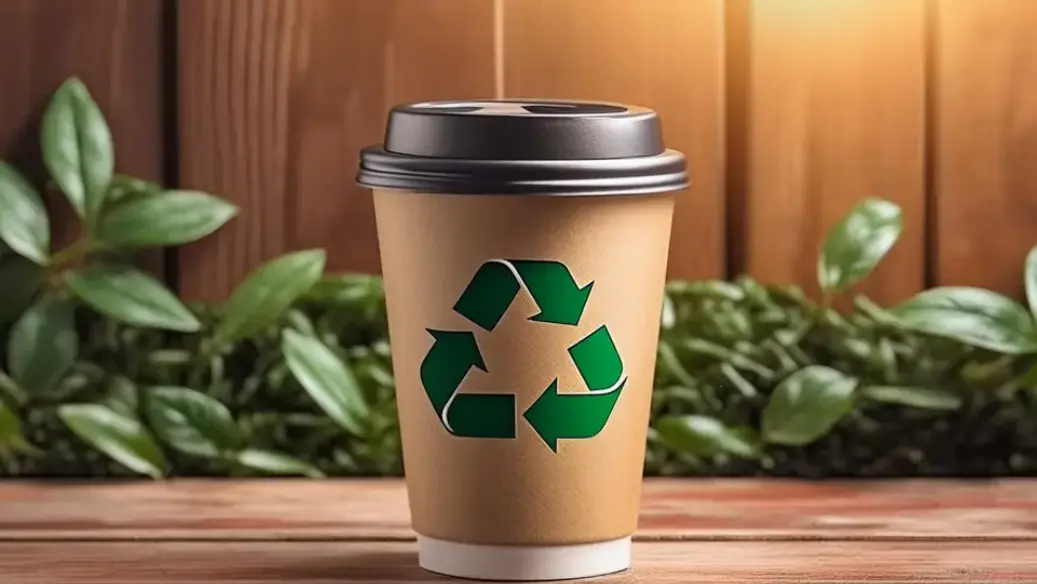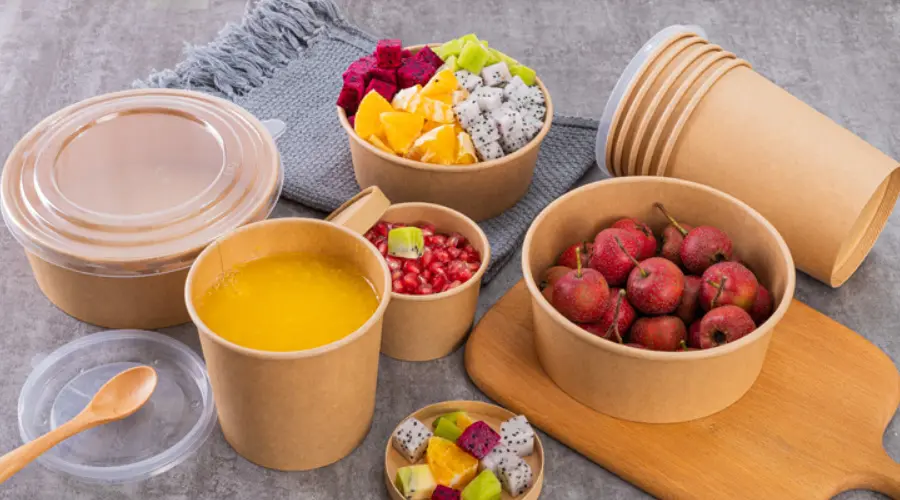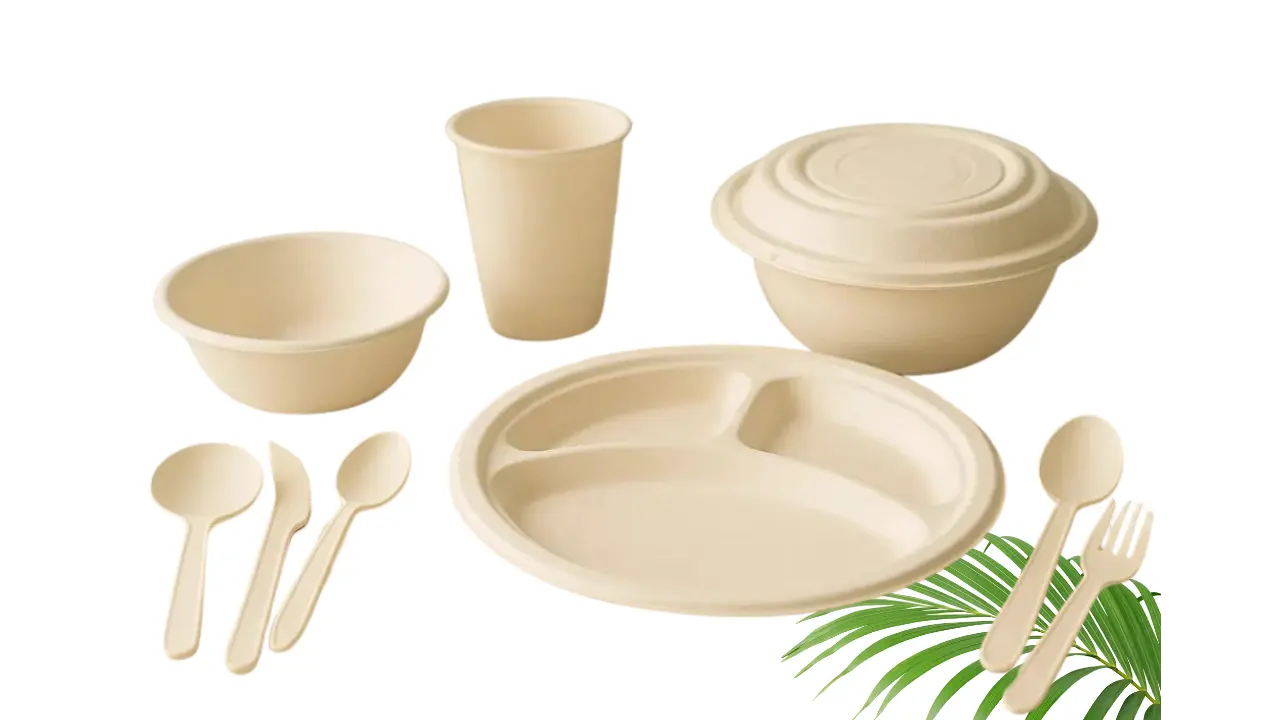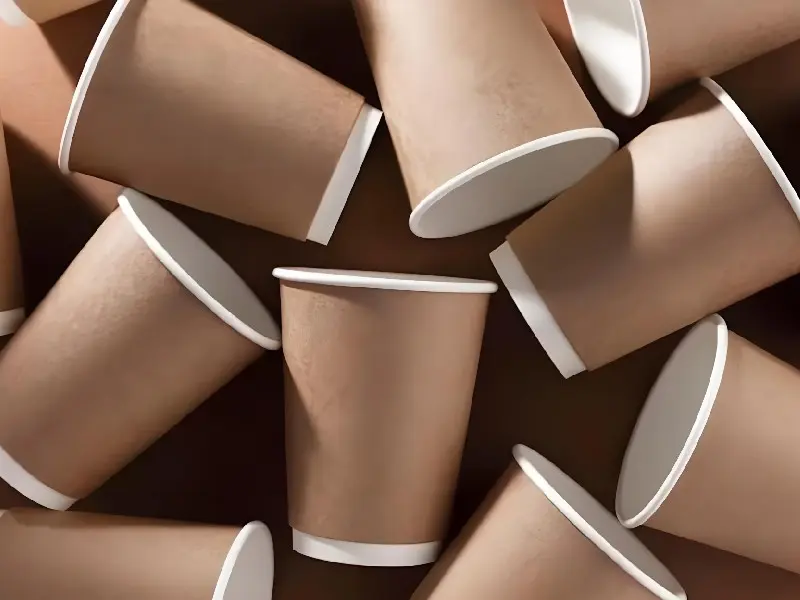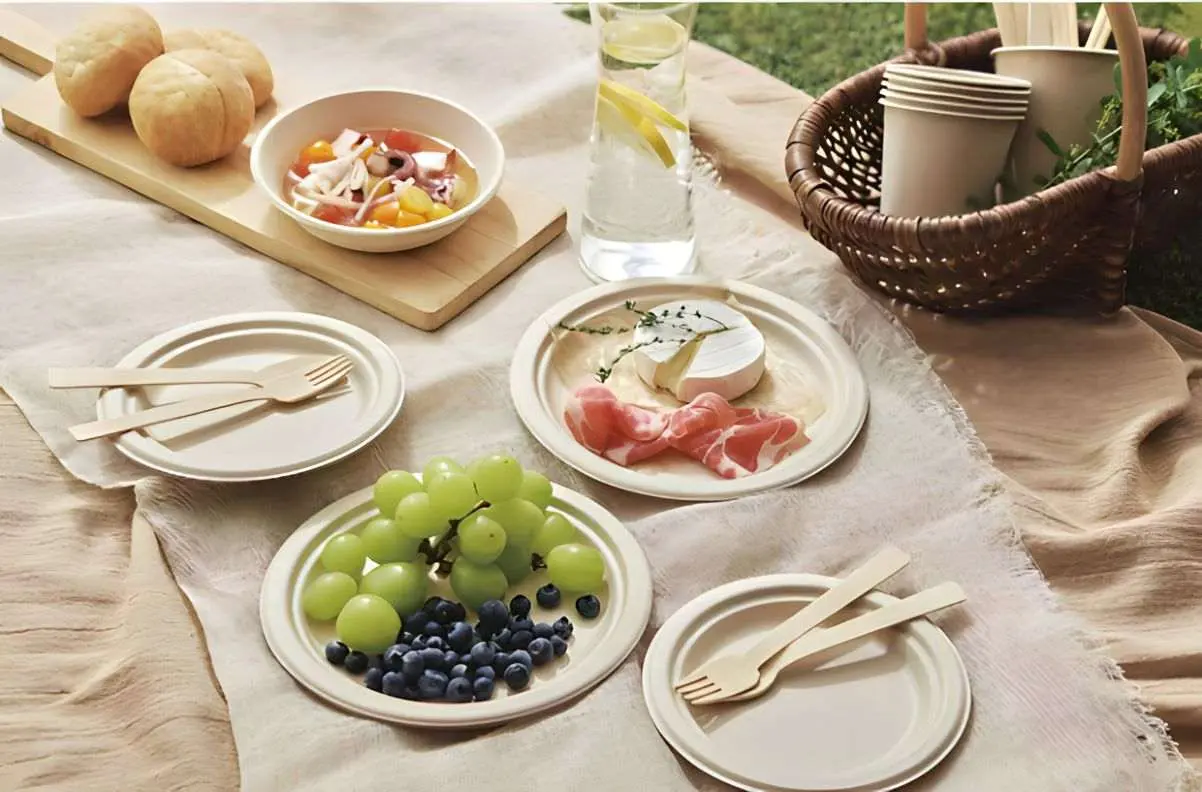Bagasse Tableware: Always a Smart Choice for Eco-Friends
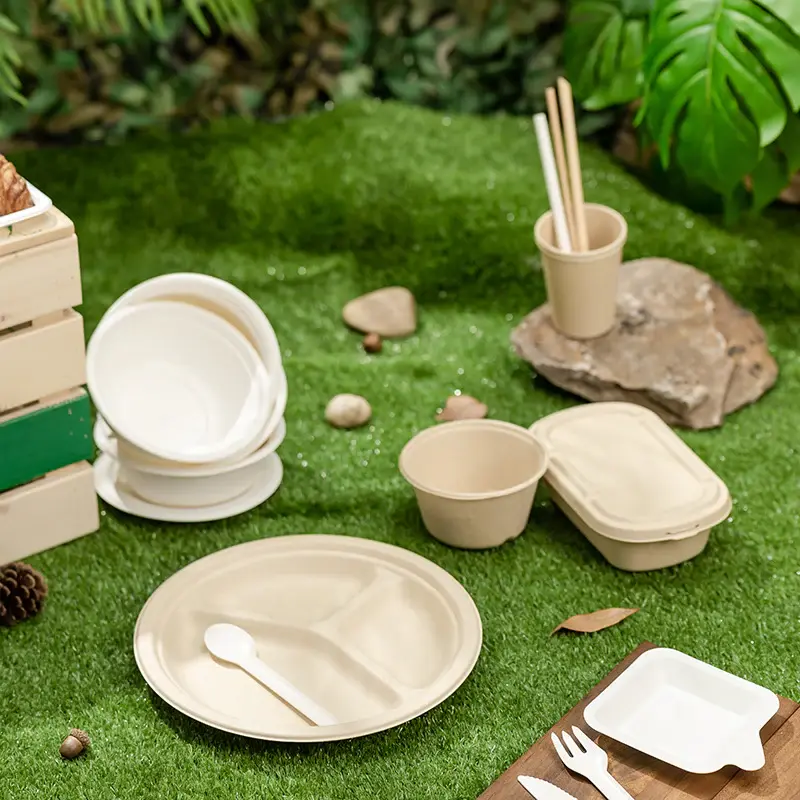
Bagasse tableware serves as a sustainable alternative to traditional disposable options. This innovative material significantly reduces environmental impact compared to plastic and paper. By choosing bagasse, consumers actively support eco-friendly practices and contribute to a circular economy. The market for bagasse tableware is projected to reach USD 889.71 million by 2030.
Key Takeaways
- Bagasse tableware is a sustainable alternative to plastic and paper, significantly reducing environmental impact.
- Choosing bagasse products helps combat plastic pollution, as they decompose within 3 to 6 months, returning nutrients to the soil.
- Using bagasse tableware supports a circular economy by utilizing agricultural waste, maximizing resource efficiency, and minimizing waste.
What is Bagasse Tableware?
Definition and Origin
Bagasse tableware refers to disposable products made from the fibrous residue left after sugarcane juice extraction. This eco-friendly material has gained popularity as a sustainable alternative to traditional disposable tableware. The origins of bagasse tableware trace back to the late 20th century when rising environmental awareness prompted a search for biodegradable options. As concerns about plastic pollution grew, industries began exploring alternatives that would minimize environmental impact.
The evolution of bagasse tableware continued into the early 21st century. Stringent global environmental policies, such as the EU's Single-Use Plastics Directive, encouraged the adoption of biodegradable materials. Recent advancements in material science have further enhanced the performance and acceptance of products like bagasse, making them a viable choice for various applications.
| Period | Key Development |
|---|---|
| Late 20th Century | Rise of environmental awareness due to plastic pollution, leading to the search for biodegradable alternatives. |
| Early 21st Century | Implementation of stringent global environmental policies, such as the EU's Single-Use Plastics Directive, promoting biodegradable tableware. |
| Recent Years | Technological innovations in material science enhancing the performance and acceptance of biodegradable products like bagasse. |
Production Process
The production of bagasse tableware involves several key steps that transform raw materials into finished products. The process begins with the collection of bagasse from sugar factories after juice extraction. This raw material undergoes a thorough cleaning to remove impurities, ensuring a high-quality end product.
Next, the cleaned bagasse is mixed with water to create a slurry. This slurry is then poured into molds, where heat and pressure shape it into various tableware forms. After molding, the products undergo a drying process to remove excess moisture, which enhances durability. Finally, quality assurance checks are conducted to ensure that the tableware meets safety standards.
The main steps in the production process include:
- Collection of Raw Material: Gather bagasse from sugar factories after juice extraction.
- Cleaning and Preparation: Wash bagasse to remove impurities.
- Pulping: Mix cleaned bagasse with water to create a slurry.
- Molding and Shaping: Pour slurry into molds and apply heat and pressure.
- Drying: Remove excess moisture to ensure product durability.
- Quality Assurance: Conduct quality checks to meet safety standards.
By utilizing bagasse, manufacturers contribute to a more sustainable future while providing consumers with eco-friendly options.
Environmental Benefits of Bagasse Tableware

Biodegradability
Bagasse tableware stands out for its impressive biodegradability. Unlike plastic, which can take hundreds of years to decompose, bagasse products break down naturally within a few months under the right conditions. This rapid decomposition significantly reduces landfill waste and minimizes the long-term environmental impact. When disposed of, bagasse tableware returns nutrients to the soil, promoting healthy ecosystems.
Key Point: Choosing biodegradable options like bagasse tableware helps combat the growing problem of plastic pollution.
Reduced Carbon Footprint
The production of bagasse tableware generates a notably lower carbon footprint compared to traditional materials. The table below illustrates the carbon footprint associated with producing different types of tableware:
| Material | Carbon Footprint | Environmental Impact |
|---|---|---|
| Bagasse Plates | Low | Low (from agri-waste) |
| Plastic Plates | High | High (petroleum-based) |
| Paper Plates | Moderate | Moderate (uses trees) |
As shown, bagasse plates have a low carbon footprint due to their reliance on agricultural waste rather than fossil fuels. This sustainable approach not only conserves energy but also reduces greenhouse gas emissions. By opting for bagasse tableware, consumers contribute to a more sustainable future.
Resource Efficiency
Bagasse tableware exemplifies resource efficiency by utilizing a byproduct of sugarcane processing. This practice maximizes the use of agricultural resources and minimizes waste. Instead of discarding bagasse after juice extraction, manufacturers transform it into valuable tableware. This circular approach aligns with sustainable practices, ensuring that resources are used wisely and responsibly.
Moreover, the production process of bagasse tableware requires less water and energy compared to paper and plastic alternatives. This efficiency not only conserves vital resources but also supports the overall sustainability of the manufacturing process.
Bagasse Tableware vs. Traditional Options

Comparison with Plastic
Bagasse tableware offers a compelling alternative to plastic products. Plastic tableware poses significant environmental challenges due to its long decomposition time, often exceeding 400 years. In contrast, bagasse tableware biodegrades within months, returning nutrients to the soil. This rapid breakdown helps mitigate the growing issue of plastic pollution.
Additionally, the production of plastic relies heavily on fossil fuels, contributing to greenhouse gas emissions. Bagasse, derived from sugarcane waste, utilizes a renewable resource, making it a more sustainable choice. Consumers who choose bagasse tableware actively participate in reducing their carbon footprint and promoting eco-friendly practices.
Comparison with Paper
When comparing bagasse tableware to paper products, several factors come into play. Paper production typically involves cutting down trees, which can lead to deforestation and habitat loss. In contrast, bagasse tableware uses agricultural waste, maximizing resource efficiency and minimizing waste.
Moreover, the water and energy consumption associated with paper production is significantly higher than that of bagasse. The table below highlights these differences:
| Material | Resource Consumption | Environmental Impact |
|---|---|---|
| Bagasse Tableware | Low | Low (agri-waste) |
| Paper Tableware | High | Moderate (deforestation) |
Choosing bagasse tableware not only supports sustainable practices but also helps preserve forests and biodiversity.
Cost-Effectiveness
Cost-effectiveness is a crucial consideration for consumers and businesses alike. While the initial investment in bagasse tableware may be slightly higher than that of plastic or paper options, the long-term benefits outweigh the costs. Bagasse products often provide superior durability and performance, reducing the likelihood of breakage during use.
Furthermore, as demand for eco-friendly products increases, the production costs of bagasse tableware are expected to decrease. This trend will make bagasse an even more attractive option for consumers seeking sustainable solutions without compromising on quality.
Practical Uses of Bagasse Tableware
Events and Catering
Bagasse tableware serves as an excellent choice for events and catering. Its eco-friendly nature appeals to environmentally conscious consumers. Many event planners prefer bagasse products for their stylish appearance and functionality. They provide a sustainable option without compromising on quality.
Everyday Use
In everyday settings, bagasse tableware proves to be highly practical. Consumers appreciate the heat resistance of bagasse tableware, making it suitable for serving hot food. Additionally, bagasse plates maintain their integrity with liquid-based dishes, unlike paper plates that can become soggy. Customers report that bagasse plates are sturdier and less likely to bend or break compared to other eco-friendly options. This durability makes them ideal for family gatherings, picnics, and casual dining.
Food Service Industry
The food service industry increasingly adopts bagasse tableware due to its numerous benefits. Restaurants and cafes recognize the importance of sustainability in their operations. By using bagasse products, they reduce their environmental footprint while providing customers with high-quality dining experiences. Bagasse tableware is not only biodegradable but also versatile, accommodating various types of cuisine. This adaptability makes it a smart choice for food service establishments aiming to enhance their eco-friendly practices.
Bagasse tableware represents a responsible choice for environmentally conscious consumers. It offers numerous advantages over traditional disposable materials. For instance, bagasse plates degrade within 3 to 6 months, significantly reducing long-term environmental impact. By making the switch to bagasse, individuals support sustainability and promote a circular economy.
FAQ
What are the main advantages of using bagasse tableware?
Bagasse tableware is biodegradable, reduces carbon footprint, and utilizes agricultural waste, making it an eco-friendly choice for consumers.
How long does bagasse tableware take to decompose?
Bagasse tableware typically decomposes within 3 to 6 months under proper conditions, significantly reducing landfill waste.
Can bagasse tableware be used for hot foods?
Yes, bagasse tableware is heat-resistant, making it suitable for serving hot foods without compromising its integrity.

